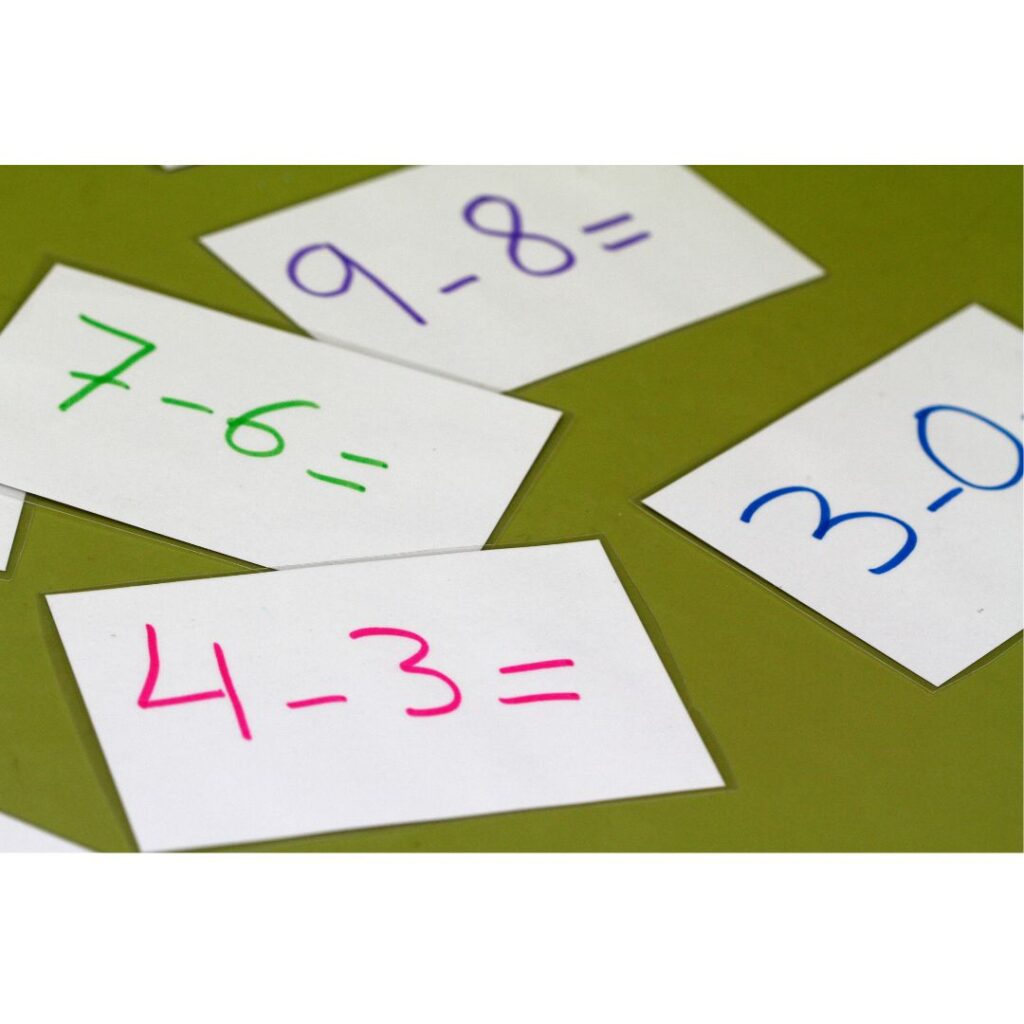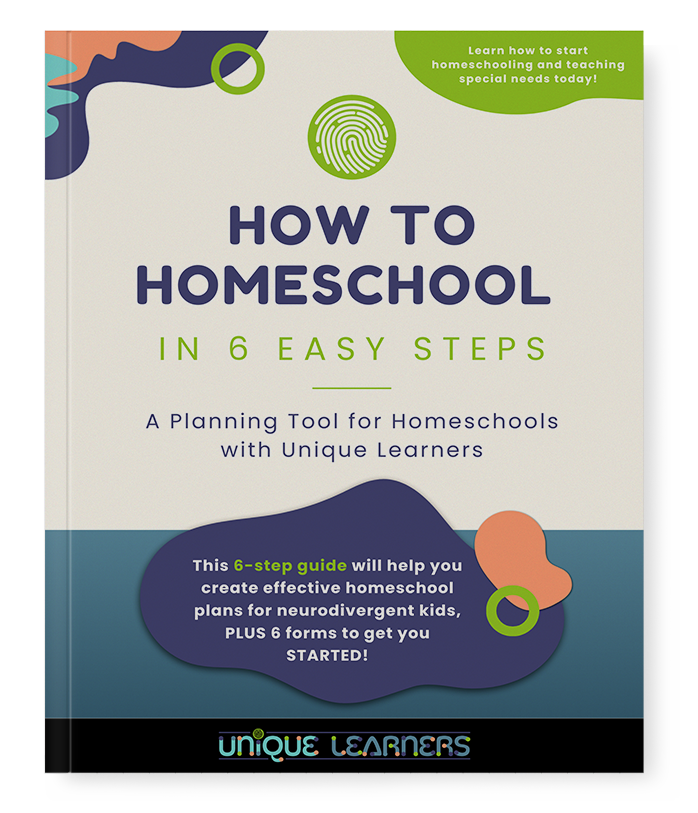When primary students have worked on addition, we start to introduce subtraction. Since addition is putting things together or more people joining with others, we usually begin with subtraction as things taking things apart or things going away.

Some kids have a hard time making the shift from addition to subtraction. Sometimes the issue stems from a difficulty understanding counting and the relationship between number values. For others, subtraction presents a challenge when word problems become a little more advanced and don’t involve “taking away.”
When you have a child with any type of learning issue, like dyslexia, dyscalculia, autism, or nonverbal learning disability, teaching the concepts and clue words for subtraction can create new meaning for your student with special needs!
This article will discuss the three concepts of subtraction. The ideas will , ways to present the ideas to students, and word problems or tasks that help students practice the concepts.
The three concepts are: 1) Take away, 2) Compare, and 3) Fill-in-the-Gap.

1. Take Away
The first concept is Take Away. This concept is fairly easy to teach even to students who have math difficulties. The objects or manipulatives can be anything. We start with a small quantity fewer than 10 items. Have the student count the total. Then dramatically remove some of the items, saying that they went away, were eaten, went home, etc. Have the child count the items that are left.
The clue words left and “remaining” are the main ones that mean Take Away in word problems. As the student gains more confidence understanding Take Away, we can start combining the written numeral symbols.
The concept of Take Away can easily move through the levels of conceptual development, starting with tangible objects, then pictures and semi-abstract counters such as dominoes or touchpoints.
Eventually most students can remember subtraction facts by learning them in the patterns of families. For students who have difficulty with memory or dyscalculia, continuing to use touchpoints or tallies may be needed for a long time. That is ok. The concept is more important than memorizing subtraction facts.
An example of a Take Away word problem is:
Six ducks were swimming in a pond. Two ducks flew away. How many ducks are left?”

2. Compare
The second concept is Compare. This concept surprises many kids with math difficulties. However, once the concept is explicitly instructed, kids can learn to use this concept when presented with word problems that contain specific clue words.
To begin teaching Compare, use blocks, Legos, stacks of cans from the pantry, or other items that can be lined up easily. Pile them up so that the two stacks are the same height. Explain that when things are the same or have the same number, they are equal.

Make two more stacks that are different heights. Explain that when two stacks are different heights, one is more and one is less. To find out how much more or less, we subtract. We can count down from the more stack or up from the less stack. This is often a new idea that we can subtract by counting up.
Another way to introduce the Compare concept is to create matching worksheet pages or set out playing cards. Have the student identify which side has more and which one has less.
Sometimes difficulties emerge when word problems are mixed between Take Away and Compare problems. To help kids distinguish the purpose of a word problem, we teach clue words directly so that language barriers are reduced. More, less, fewer, greater, or difference are clues to subtract when comparing two sets of objects.
An example of a Compare word problem is:
Bill has 25 marbles. Joe has 18 marbles. How many more marbles does Bill have?

3. Fill-in-the-Gap
The third concept of Fill-in-the-Gap is more difficult for many students to grab ahold of, yet this concept is important for understanding how to make change, add ingredients when cooking, or fill science flasks with different types of substances.
The concept is a little like Compare; however, in this case, we want to determine how much more is needed in a situation. To figure out how much more, we need to subtract the amount needed from the amount we already have. This can be done by counting down or subtracting multi-digit numbers from the total available or by counting up from what is already present. The clue words for Fill-in-the-Gap are change, how much more, need to save/add/contribute,

Some examples of Fill-in-the-Gapword problems are:
Jan bought earbuds for $13. She gave the clerk a $20 bill. How much change will Jan get back?
Chef Trace is making a fancy salad dressing. He started with 1 1/4 cups of olive oil. If his dressing bottle holds 2 cups of dressing, how much vinegar can be added to the bottle?

Many students with language-based or math learning issues struggle with concepts of subtraction and knowing what operation to use in word problems. It helps to explicitly teach the three meanings of subtraction using daily life examples. Then attach clue words to the three concepts as you work together to get to mastery. Finally, add word problems for independent practice.
Your students can develop the skills to be able to think through the situation presented and decide to subtract based on the clue words. Your kids will definitely be on their way to success in subtracting!
